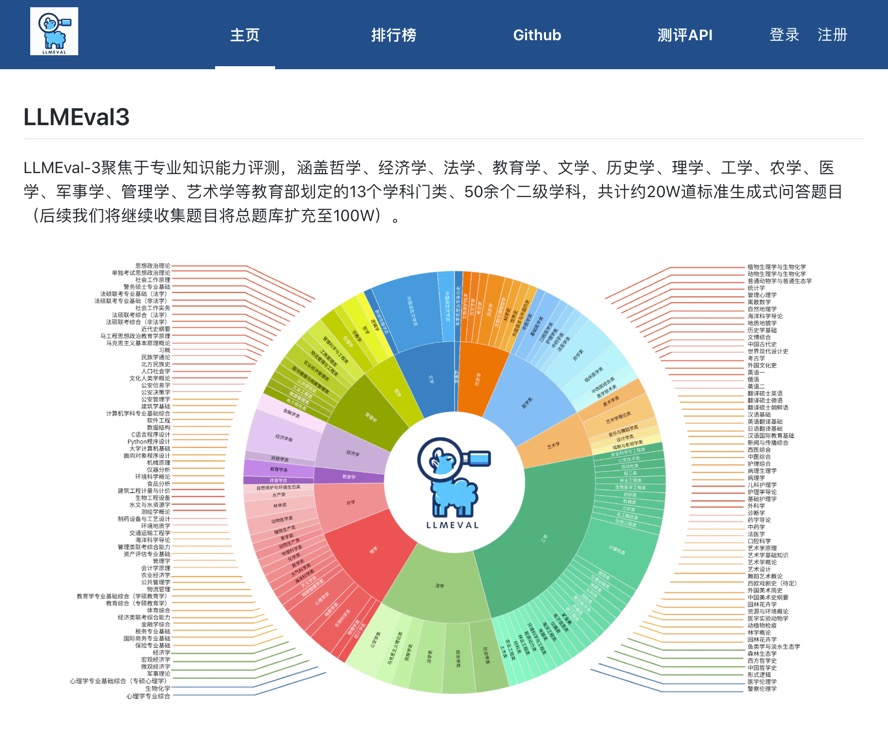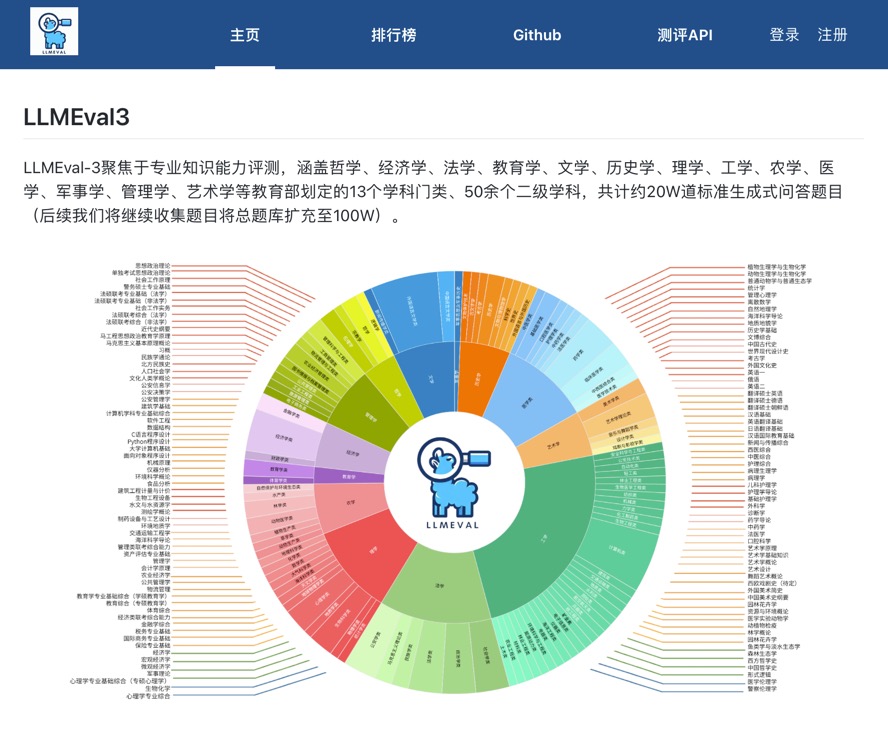











LLMEval3是一款专为评估和提升大型语言模型性能而设计的AI应用工具。它结合了最新的自然语言处理技术和评估框架,旨在为研究人员和开发者提供一个全面的评估平台,以测试和改进他们的模型。
核心特性:
- 全面的评估指标:LLMEval3提供了一系列的评估指标,覆盖了模型理解、生成、推理等多个关键领域,确保模型的全面评估。
- 灵活的测试场景:该工具支持自定义测试场景,用户可以根据自己的需求设计特定的测试用例,以更准确地评估模型性能。
- 易于集成的设计:LLMEval3设计了易于集成的接口,可以与现有的大型语言模型无缝对接,方便用户快速部署和使用。
- 丰富的案例库:提供了多种真实世界场景的测试案例,帮助用户理解模型在实际应用中的表现。
应用场景:
LLMEval3适用于需要对大型语言模型进行深入评估的研究机构、高校和企业。它为模型的开发和优化提供了强有力的支持,特别是在进行模型选择和调优时。
总结:
LLMEval3以其全面的评估指标和灵活的测试场景,成为了大型语言模型评估的重要工具。它不仅提高了模型评估的效率和准确性,也为推动自然语言处理技术的进步做出了贡献。
LLMEval3 is an AI application tool specifically designed for assessing and enhancing the performance of large-scale language models. It combines the latest natural language processing technologies with evaluation frameworks, aiming to provide researchers and developers with a comprehensive platform to test and improve their models.
Core Features:
- Comprehensive Evaluation Metrics: LLMEval3 offers a range of evaluation metrics covering key areas such as model understanding, generation, and reasoning, ensuring a thorough assessment of the model.
- Flexible Testing Scenarios: The tool supports custom testing scenarios, allowing users to design specific test cases according to their needs for a more accurate evaluation of model performance.
- Easy Integration Design: LLMEval3 features easy-to-integrate interfaces that can seamlessly connect with existing large-scale language models, facilitating quick deployment and use by users.
- Rich Case Library: It provides a variety of test cases from real-world scenarios, helping users understand the performance of models in practical applications.
Application Scenarios:
LLMEval3 is suitable for research institutions, universities, and enterprises that need to conduct in-depth evaluations of large-scale language models. It provides strong support for model development and optimization, especially during model selection and tuning.
Conclusion:
With its comprehensive evaluation metrics and flexible testing scenarios, LLMEval3 has become an essential tool for large-scale language model evaluation. It not only improves the efficiency and accuracy of model assessment but also contributes to the advancement of natural language processing technologies.









